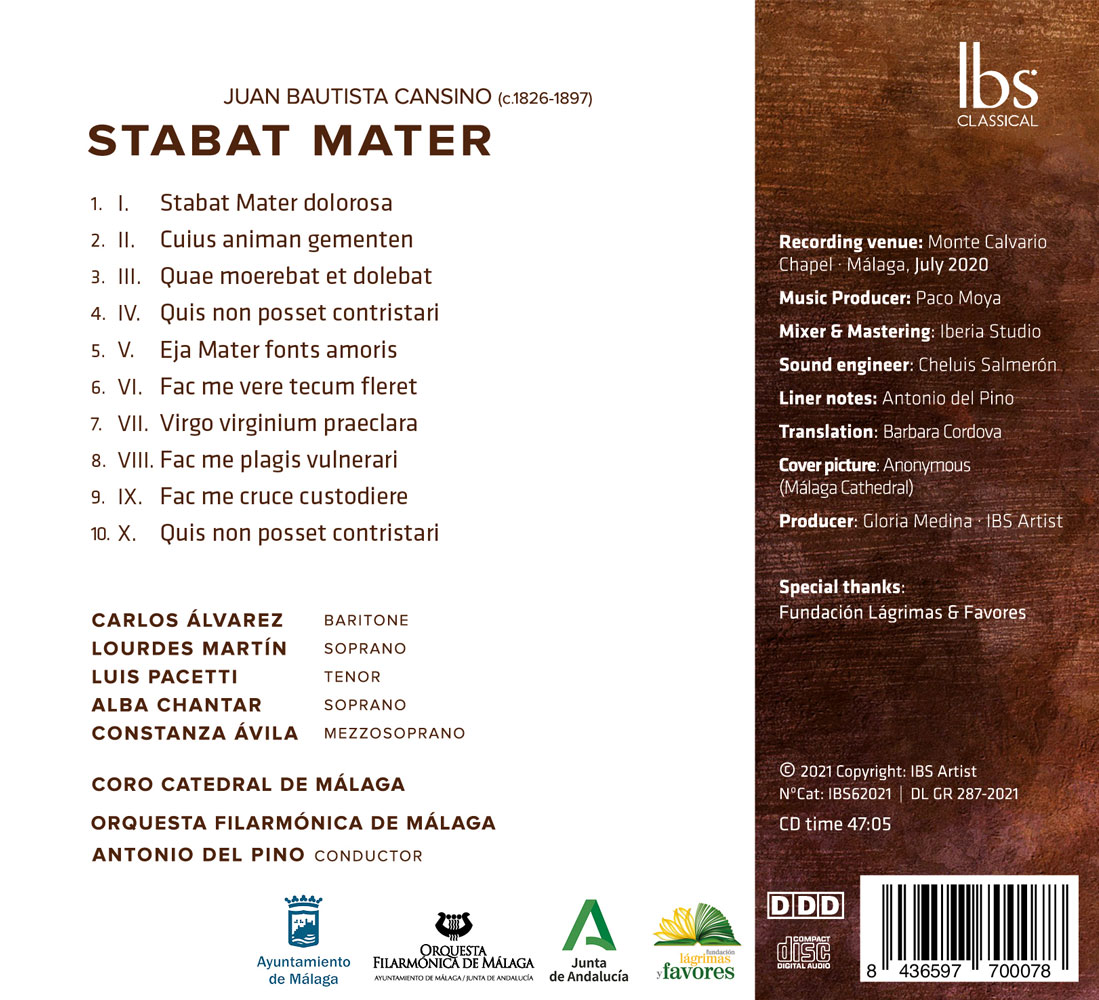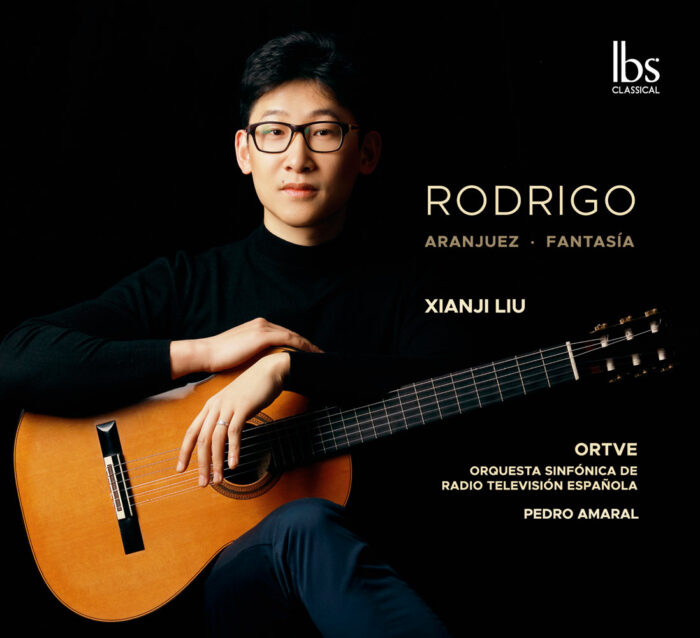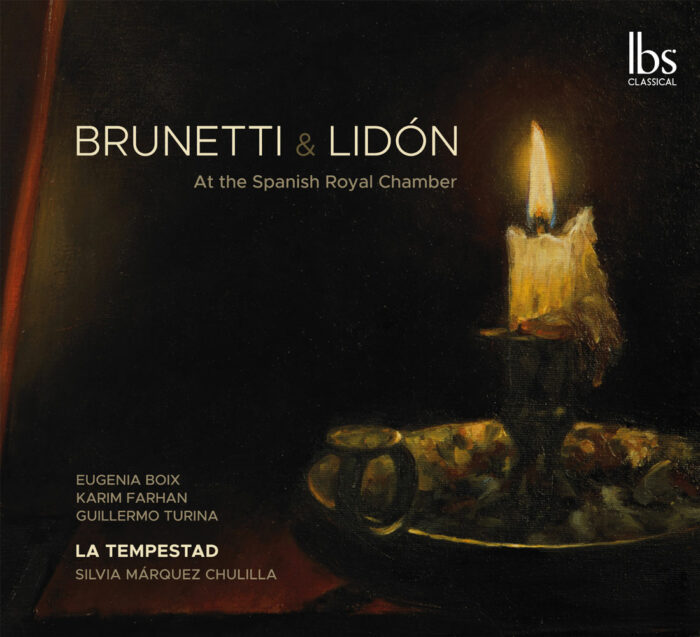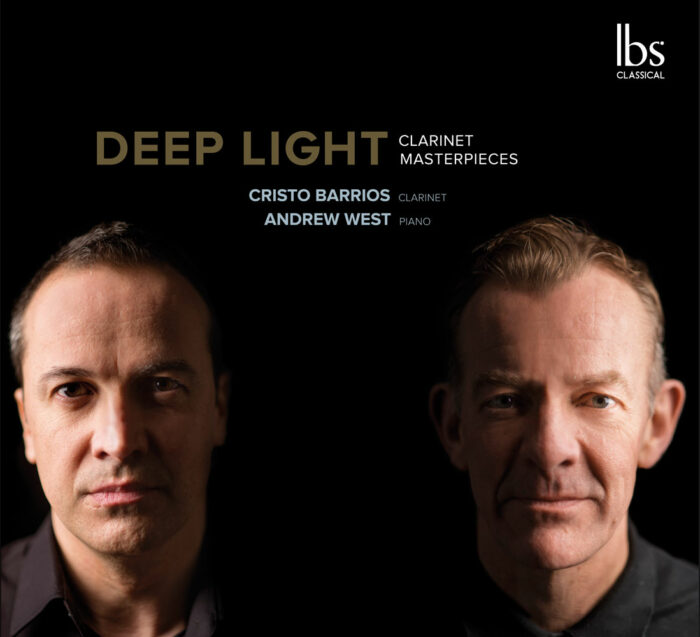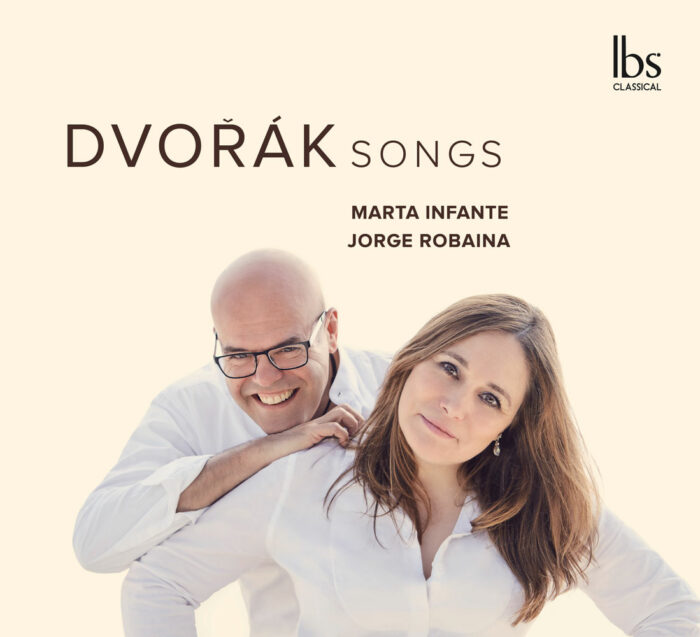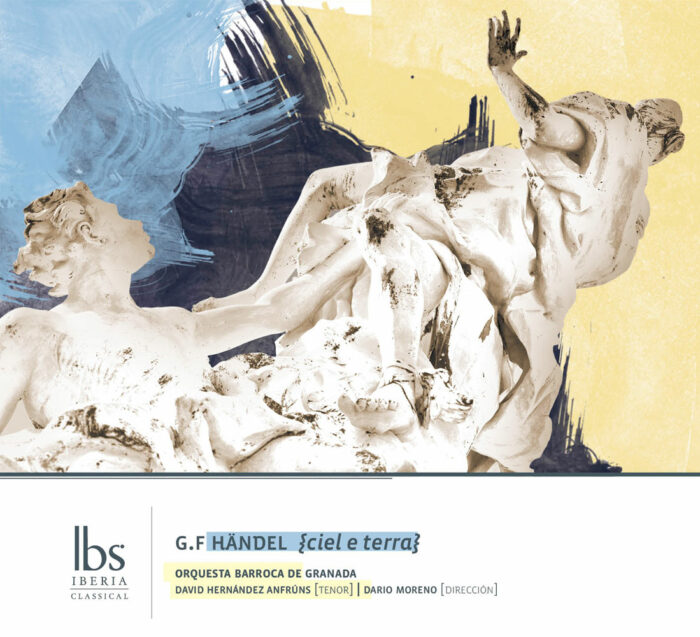Stabat Mater
The “everyday” music of the cathedrals would be reduced to a minimum thanks to the resources established in the Concordat of 1851 signed between Pope Pius IX and Queen Elizabeth II. Hence, the drastic mutilation of the stable staffs in the cathedrals favoured what would quickly become a common and frequent practice, i.e. the ex profeso hiring of instrumental and vocal troops for certain solemnities and festivities, among which those related to Holy Week and its natural period of spiritual preparation, namely Lent, were particularly noteworthy. Moreover, since a prerequisite to fill some of the few music posts allowed by the concordat was the candidate’s clerical status, many aspiring secular musicians saw their chances of finding a stable professional occupation in a cathedral cut short. On the other hand, the phenomenon just described favoured a type of repertoire in which the presence of an orchestra with large timbral forces was one of the most distinctive features of this practice. This gave rise to splendid musical evenings in which, based on sacred texts and with a large number of vocal and instrumental performers, works of an open lyrical character were premiered. These works took place in churches in connection with the Lenten services of the city’s penitential brotherhoods.
Málaga
At the end of the 18th century, Malaga could offer the panorama of a convent city but later it would give way to an urban transformation with bourgeois tastes, which would culminate in the inauguration of Calle Marqués de Larios in 1891. The musical training centres once reserved exclusively for ecclesiastical centres of various kinds would give preference to private teaching for the wealthy classes, evening sessions for music lovers and amateurs and the creation of philharmonic societies such as Malaga’s in 1869, a city in which this musical panorama had also been enriched by the creation of the still existing Municipal Band of Music in 1859 and later the Conservatory itself in 1880. Witness to all this was Juan Bautista Cansino Antolínez, author of the Stabat Mater we offer here, a contemporary of the better known Eduardo Ocón y Rivas, whose presence in the collective memory of the city has remained more vivid perhaps because of his decisive role in the creation of the aforementioned Conservatory of Music in its historic home of the “María Cristina”, named after the queen, who so strongly supported the creation of this musical educational centre.
Both Juan Cansino and Eduardo Ocón were pupils of the chapel master Mariano Reig (1833-1859) and, after the usual periods as sixes and choir ministers (posts in which Cansino filled the vacancies left by Ocón), they competed for the post of second organist in 1854, the year of the premiere of the work we present here. Ocón won. This by no means meant the end of Cansino’s musical relationship with Malaga Cathedral. This relationship would last until the end of his life in 1897.

